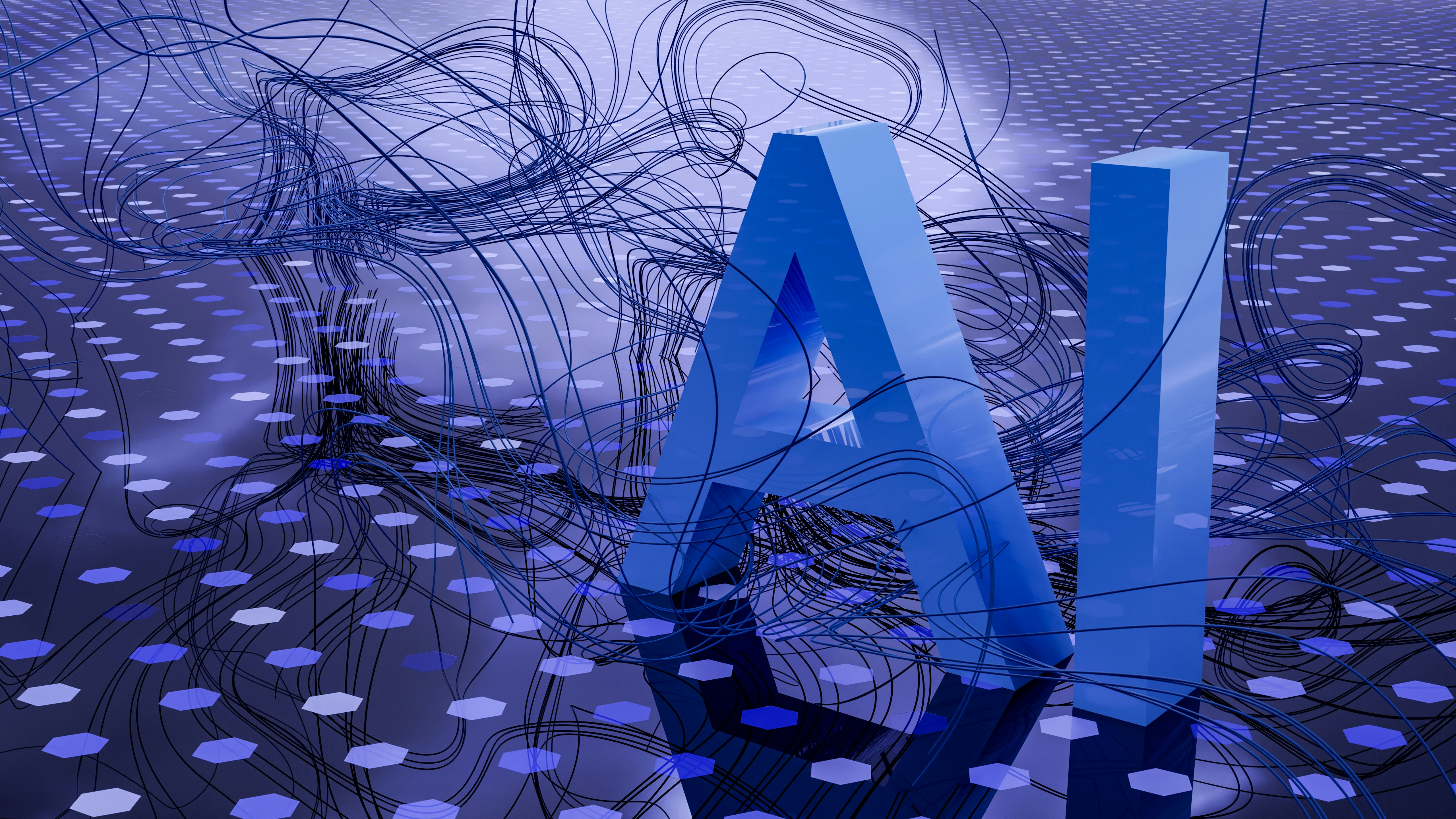Technical Deep Dive: How Claude AI Can Control Computers

Technical Deep Dive: How Claude AI Can Control Computers
Introduction
Claude and other advanced AI models can interact with computer systems through carefully designed interfaces and APIs. This article explores the technical architecture and implementation details that make this possible, focusing on the security implications and practical considerations of allowing AI systems to control computers.
Architecture Overview
Core Components
1. Language Model Interface
The foundation of Claude's computer control capabilities starts with its language model interface. This component:
- Processes natural language instructions into structured commands
- Maintains context awareness across interactions
- Handles disambiguation and error correction
- Provides feedback in human-readable format
2. Command Interpretation Layer
This critical middleware component:
- Translates natural language intentions into specific system commands
- Implements validation rules and safety checks
- Maintains a predefined set of allowed operations
- Handles error cases and edge conditions
3. System Integration API
The API layer provides:
- Standardized interfaces for system operations
- Protocol adapters for different operating systems
- Resource management and monitoring
- Asynchronous operation handling
4. Security Boundary Controls
Essential security mechanisms including:
- Request validation and sanitization
- Access control and authentication
- Resource usage monitoring
- Operation isolation
Implementation Details
Command Processing Pipeline
-
Input Processing
- Natural language parsing
- Intent classification
- Parameter extraction
- Context resolution
-
Validation Phase
- Security checks
- Permission verification
- Resource availability confirmation
- Safety boundary validation
-
Execution Layer
- Command scheduling
- Resource allocation
- State management
- Error handling
Security Considerations
Sandboxed Execution
All operations initiated by Claude are executed within isolated environments that:
- Have limited system access
- Use temporary resources
- Maintain strict process isolation
- Implement resource quotas
Permission Management
Granular permission controls including:
- Role-based access control (RBAC)
- Operation-specific permissions
- Time-based access restrictions
- Resource usage limits
Audit Logging
Comprehensive logging system that tracks:
- All attempted operations
- Resource usage patterns
- Error conditions
- Security events
Rate Limiting
Implementation of rate limiting mechanisms:
- Request frequency controls
- Resource consumption thresholds
- Concurrent operation limits
- Cool-down periods
Best Practices for Implementation
1. Security First Approach
- Always implement principle of least privilege
- Regular security audits
- Continuous monitoring
- Incident response planning
2. Resource Management
- Implement resource quotas
- Monitor system impact
- Clean up temporary resources
- Handle resource exhaustion
3. Error Handling
- Graceful degradation
- Clear error messages
- Recovery procedures
- State consistency maintenance
4. Performance Optimization
- Caching strategies
- Asynchronous operations
- Resource pooling
- Load balancing
Real-World Applications
1. Automation Scenarios
- System maintenance tasks
- Batch processing operations
- Configuration management
- Monitoring and alerting
2. Integration Examples
- DevOps workflows
- Content management systems
- Data processing pipelines
- Administrative tasks
Future Considerations
Emerging Technologies
- Enhanced natural language understanding
- Improved context awareness
- Advanced security mechanisms
- Extended system integration capabilities
Challenges and Solutions
- Handling complex scenarios
- Managing edge cases
- Scaling considerations
- Security evolution
Conclusion
The ability for AI systems like Claude to control computers represents a significant advancement in automation and human-computer interaction. While the technical implementation requires careful consideration of security and system design, the potential benefits are substantial. As these systems evolve, we can expect to see more sophisticated and secure implementations that enable even greater automation capabilities.
References and Further Reading
- AI System Integration Best Practices
- Security in AI-Controlled Systems
- Modern API Design Patterns
- Automated System Management
This article is part of our technical series on AI systems and automation. For more information on related topics, please visit our other technical articles.